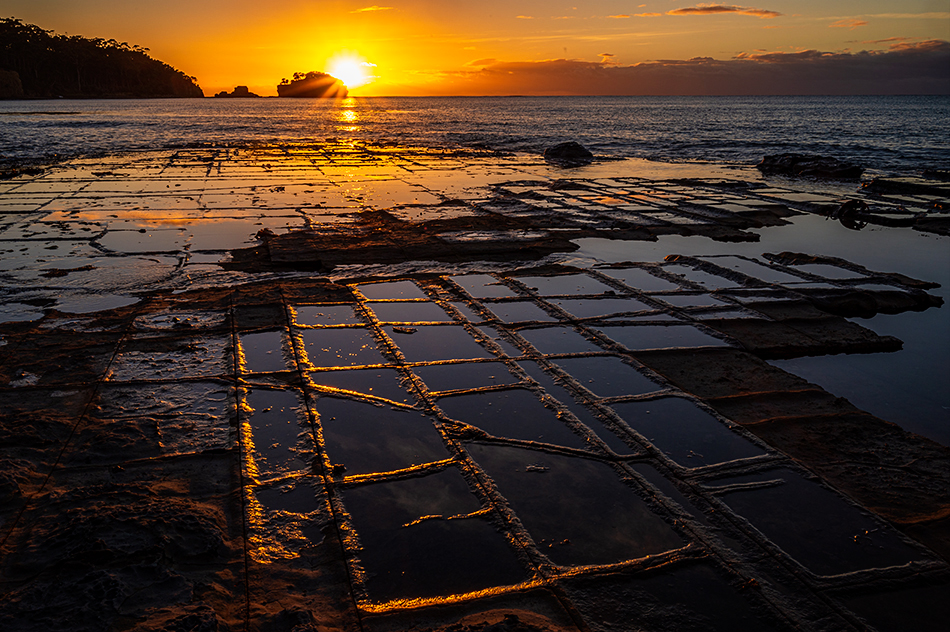
Australia
Focus stacking (Nikon calls it focus shift) is very popular for macro shots…you can see my earlier post here. If you want to increase your depth of field on macro subjects, this technique does a fantastic job. More and more cameras are now offering this function in their shooting menus. But what about using focus stacking for landscapes?
The short answer is this technique works great, but the settings are a little different. I may shoot 40 images at a width setting at ‘3’ for a small flower. But you don’t need as many frames or as small a distance between shots for landscapes. A lot will depend on how close the foreground subject is to your lens, and how far the most distant subject is in your frame. Try this to start. Shooting with my camera in a vertical orientation at 24mm focused on a subject two feet away and going to infinity, I set the number of frames to 8, the width setting to 5, and shoot away. Remember, start the series focused on the closest subject and let focus shift change the point further and further into the scene. I will use a middle aperture setting like F5.6 or F8. A quick way to check any focus stack is check focus on the first and last image. If the foreground (first image) is sharp, and the background (last image) is sharp, chances are good (if you used enough frames) that everything will be sharp after processing the images into one shot.

Australia
One point is worth mentioning with landscape focus stacking; do you really need to use it? If you are shooting a horizontal shot and not very close to your foreground, then a smaller aperture opening may be just fine. The image above from Australia was one image shot at F16. While it is technically true you loose some quality due to diffraction using smaller aperture settings, do your own test at F16 using your favorite wide angle landscape lens. Photographers have all been using F16 for decades and producing beautiful landscape images, so maybe you won’t even notice diffraction in your end use. Also, some of my favorite landscape images couldn’t use focus stacking…any fast moving scenes (like windy landscapes in Patagonia) will render slightly different images for each shot in the series, and won’t stack well depending how much subject matter is moving. One second at Lago Pehoe in Las Torres Del Paine and the foreground flower has bent inches back and forth due to high winds.
If you own a super wide angle lens like a 14-24mm, then you should really try focus stacking out. At 14mm you can focus very close to your foreground, and if the scene stretches to the distant horizon, you may need to use technique to get the critical sharpness you want.